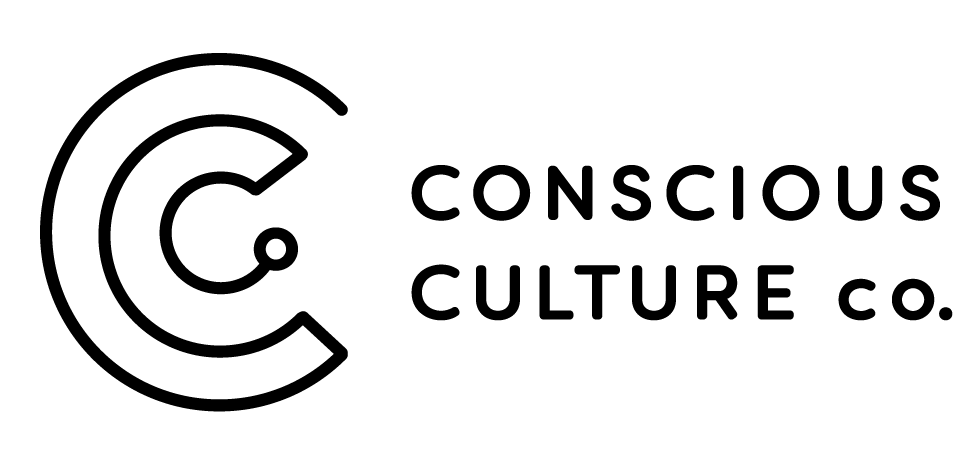How To: All Hands Meetings
How To Lead Engaging All Hands Meetings
All Hands meetings are a critical touchpoint for your team, and an invaluable part of your internal communications strategy. When done well, they’re often one of the times that employees look forward to the most.
But, they can be hard to get right. We get asked about how to conduct recurring meetings, like All Hands, all the time…. So we wanted to share how we do it ourselves, and how we’ve worked with clients to set up their rhythms for All Hands.
What are All Hands?
If you haven’t heard the phrase, it's the recurring team meeting that companies hold with their team members. The purpose goes beyond merely communicating updates. All Hands are an opportunity to create team alignment, celebrate successes, recognize team members, address challenges, and reinforce your vision.
All Hands Agenda for Small Teams (<10)
We’ll start with what works for our team. We’ve been honing our All Hands agenda over the past few years, and have landed on one that works really well for small teams (of 10 people or less). For larger teams, this also works really well for recurring leadership team meetings!
Meeting Preparation:
Take five minutes before the meeting to complete the following:
Update Projects and Timelines: Update personal and team projects to Notion, our project management tool.
Think of your personal/professional wins!
Add Issues/Asks to the shared spreadsheet. (Here’s the template we use!)
Meeting Agenda:
Celebrations (15 min): Share your personal/professional wins from the last week!
Company Updates (10 min): Leaders share any relevant company-wide updates (team events, partnerships, new clients, shifting priorities, etc).
Reporting (15 min): Share updates on business development and assign action items and follow-ups as needed.
Issues/Asks (45 min): Discuss any issues we want to brainstorm or asks from the team for the week that have been submitted.
Action Items (5 min): Recap action items from this meeting. Add to Notion.
We spend 90 minutes once a week to connect as a whole team. You might find that 60 minutes works better for your team, so adjust the times accordingly.
All Hands Agenda for Small to Mid-Size Teams:
For larger teams, where the dynamics and scope are inherently different, we recommend a monthly cadence for All Hands meetings. This frequency strikes the balance of keeping team members informed of critical updates, while not tipping you into meeting overwhelm. Here's a suggested structure for monthly All Hands meetings that has worked well for many of our clients.
Meeting Preparation (Leaders):
Create a Shared Deck: Create a deck template that you’ll use during All Hands, so the team can follow along.
Update the Deck: The CEO should prep the introductory slides on business updates, and Directors/Department Heads should each prep a slide with updates from their team.
Meeting Agenda:
Celebrations & Shout Outs (15 min): Kick off by asking your team to share any wins, celebrations, or shout outs about other team members. Bonus points if the shout outs are tied to your values.
Company Updates (10 min): The CEO should offer concise, pertinent company-wide updates, including the launch of new products or services, new business opportunities, reporting on financials / company goals, and/or shifting priorities.
Team Updates (5 min): HR, the Chief of Staff, or other appropriate team member should share any major changes to the team, including welcoming new hires, announcing promotions or job changes, and celebrating birthdays or work anniversaries.
Reporting (20 min): Dive into departmental updates, with Directors sharing from the slide deck, allowing for in-depth discussions or questions as necessary.
Q&A (10 min): This can include answering pre-submitted questions, taking questions live, or a combination of both. Regardless, be sure to set aside time to answer questions from the team.
Optimizing All Hands for Your Team
You’ll want to adapt the agenda, frequency and length of meetings to the needs of your team. Whether a smaller, tight-knit group or a larger, more expansive team, the essence remains the same — these gatherings keep people informed and in the know. By tailoring your agenda and frequency to suit the dynamics of your team, you pave the way for sustained engagement, informed decision-making, and a shared sense of accomplishment.
Questions? Looking for support with your team’s internal communications? We’re here to help. Reach out to us at hello@conscious-culture.co to set up a free consultation with our team.

